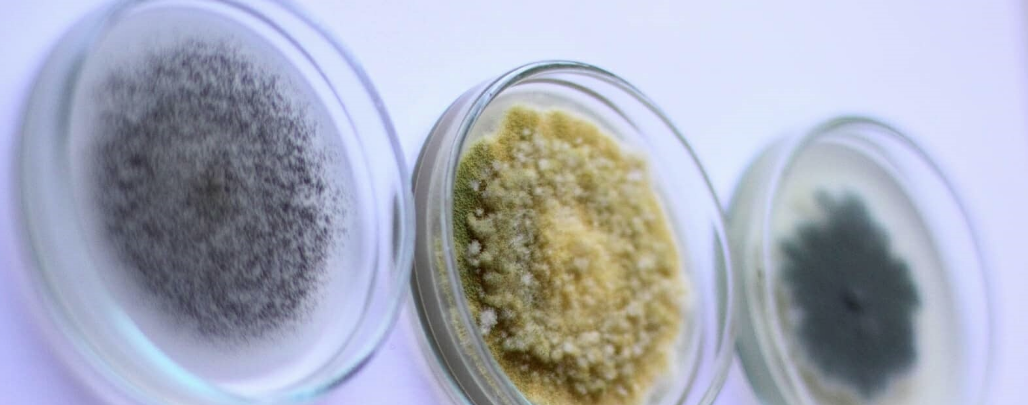
You don’t need to be a professional mold removal contractor to know that mold inside of a home is a serious matter. Not only is it unsightly, but it can also have some negative impacts on your overall health – and the health of anyone else living in the home. In this post, we are going to take a quick look at some of the ways mold can affect your health.
Subtle Signs
At first, you may notice relatively minor issues that could tip you off to the presence of mold somewhere in your home. Those issues may include things like coughing, nasal congestion, and throat irritation. Of course, there are plenty of other potential causes for those issues – such as a common cold – so you might not immediately think about mold being the cause of your issues. However, if you notice that these things persist, or if you don’t think you have a cold and are still congested or have a cough, mold is a possibility worth considering.
Serious Issues
When prolonged exposure to mold is experienced, the potential health issues become more serious. Reduced lung function is a possibility, as is the development of asthma. There is also some indication that those who live in a home with mold are more likely to suffer from depression. Without a doubt, given the potentially serious issues which can be raised by the presence of mold in a home, this is a problem that needs to be addressed right away.
Sensitive Groups
Anyone can experience negative health effects as a result of living in a moldy home. However, certain groups are even more at-risk when in this type of situation. Specifically, the very young and the rather old are both groups which need to be carefully protected from things like mold growing in a house. Most health problems are more concerning when they involve young kids or the elderly, and the story is the same here.
Watching for Signs
One of the best things you can do as a homeowner is simply to watch for signs of mold. Since mold may be growing in places where you can’t see it easily – this is often the case – it would be easy enough to assume that it isn’t present. But that might not be true. Take note of anything that seems unusual in your home and investigate further. For instance, if you see signs of water damage, that may be a sign that a part of your home is damp. And, if there is dampness in the home, it’s likely that mold is growing. Also, you may be able to smell mold in parts of your home.
Taking Action
Once mold has been discovered, it’s important to take action right away. You’ll likely want to bring in professional remediation contractor to help eradicate the mold first and foremost, and then you will want to take steps to prevent it from returning. With the mold removed and the cause of the dampness inside your home eliminated, you should be able to look forward to breathing clean air for months and years to come.











